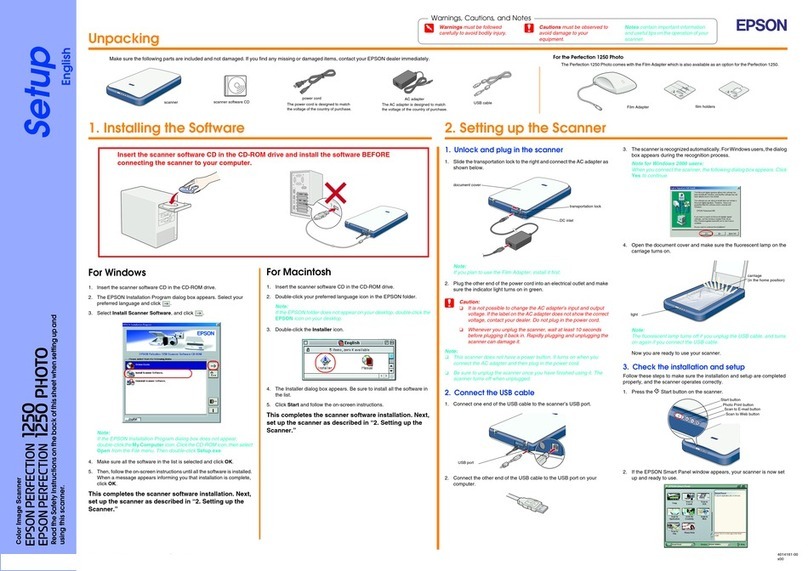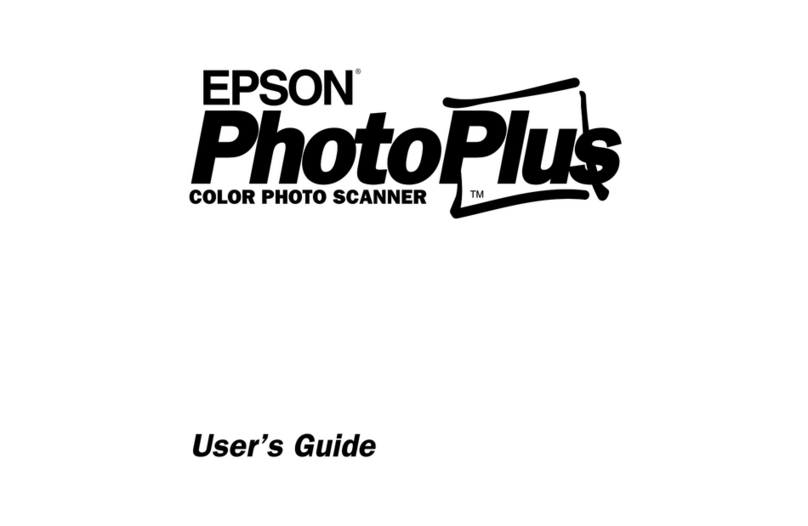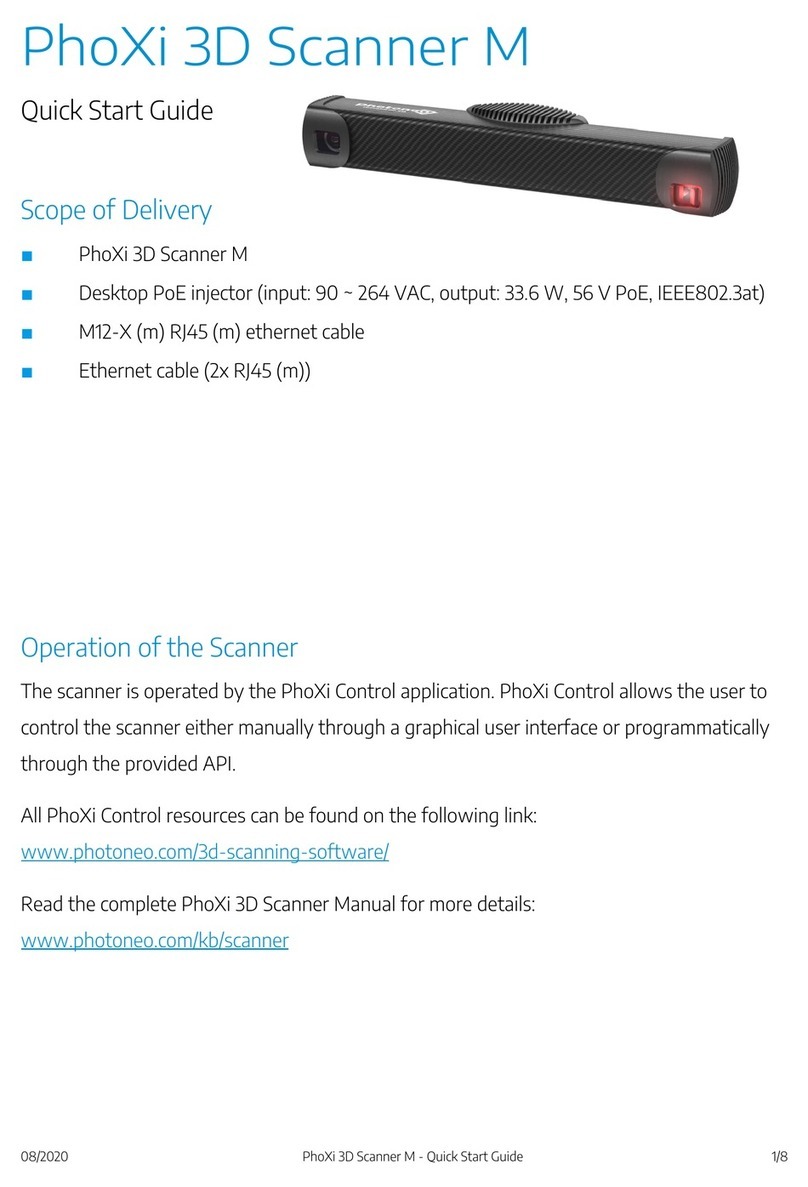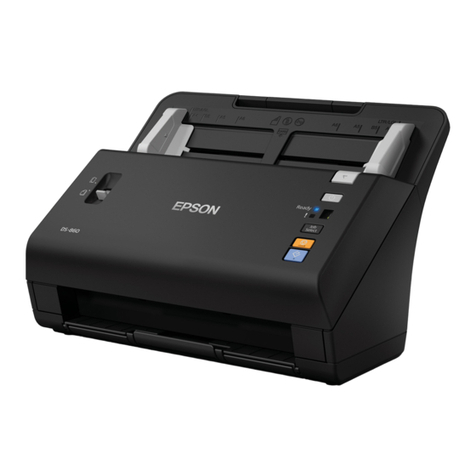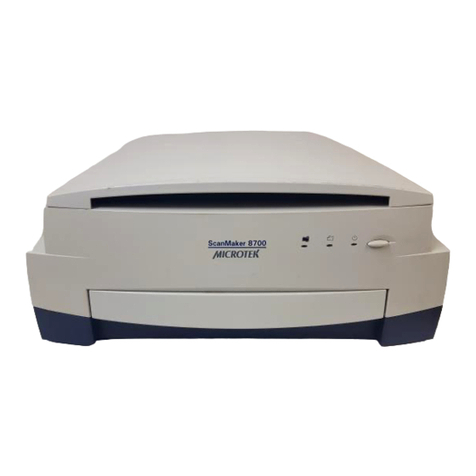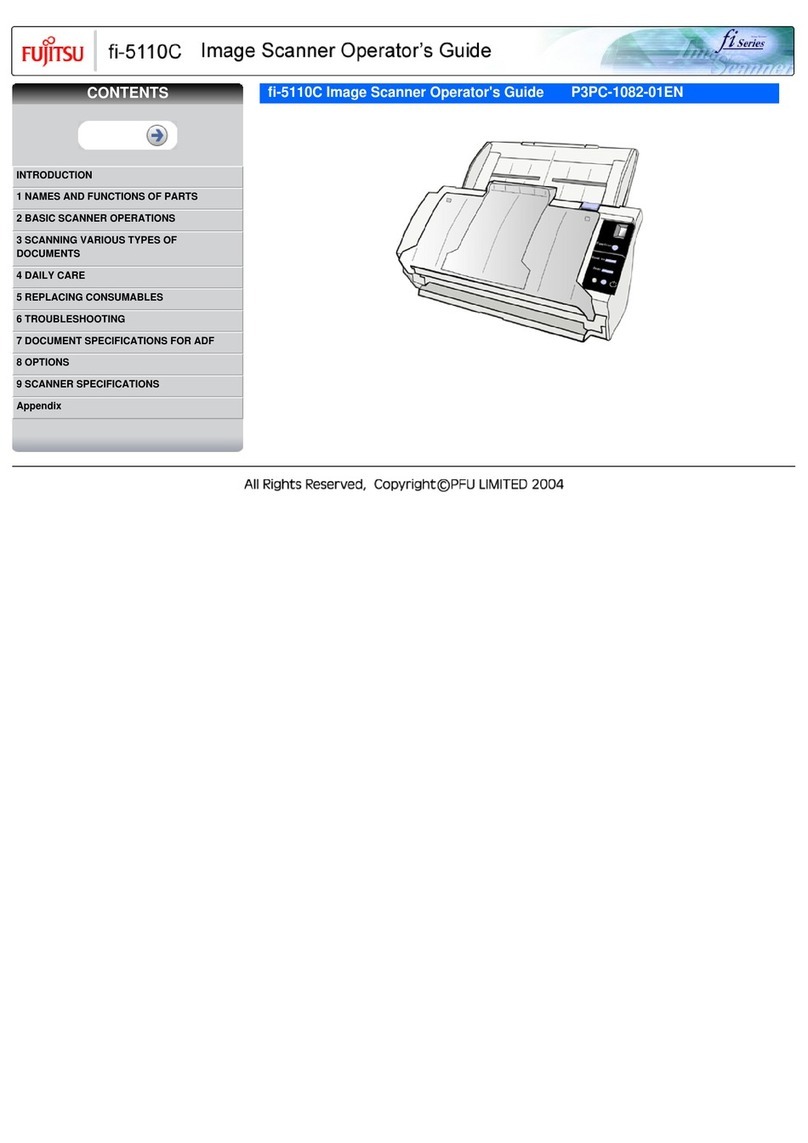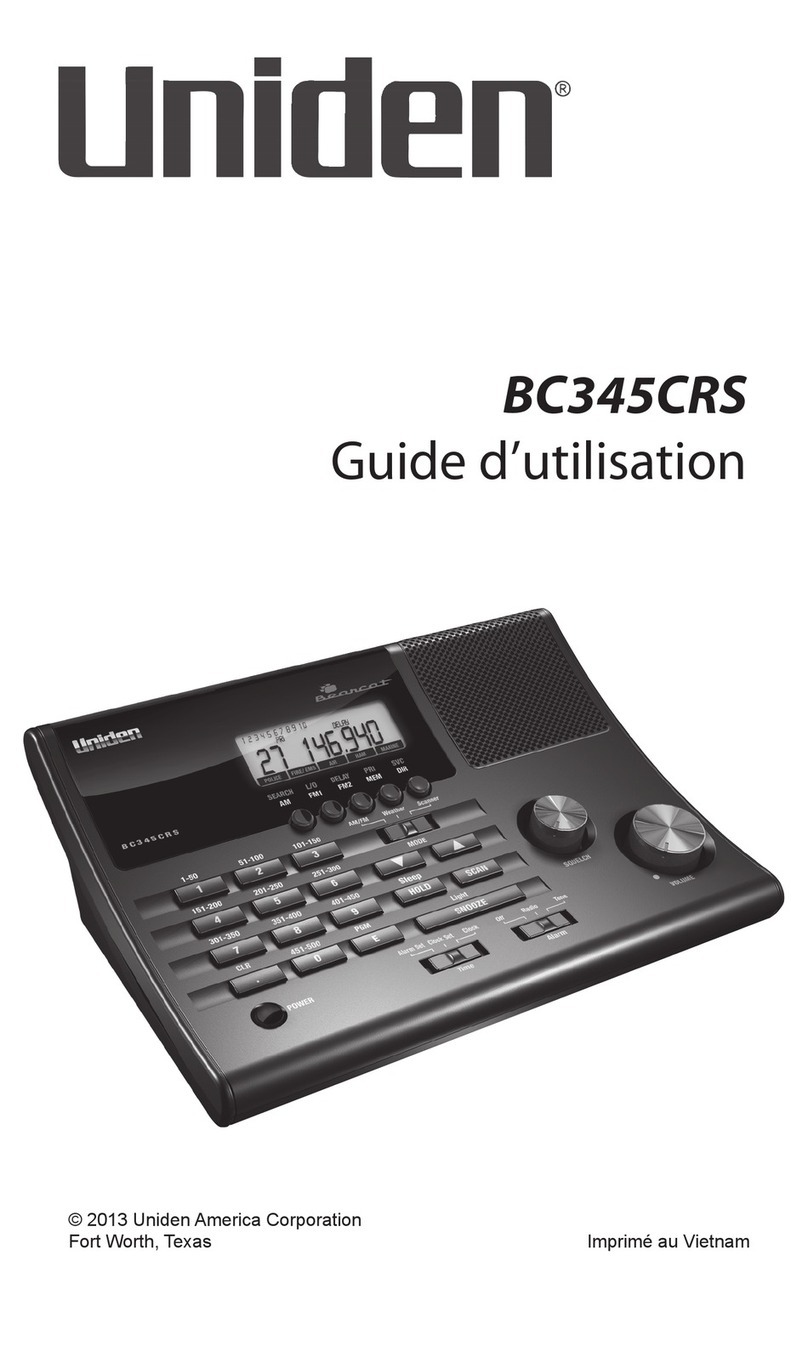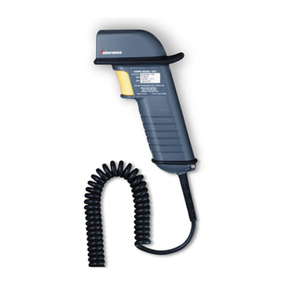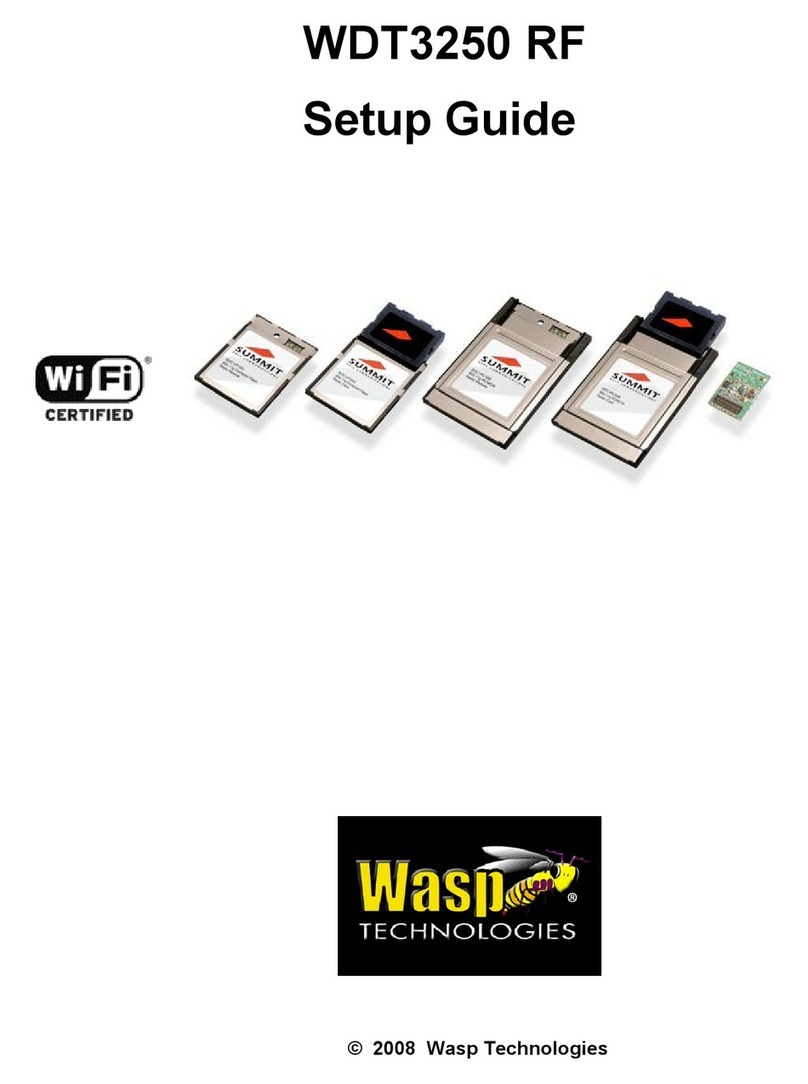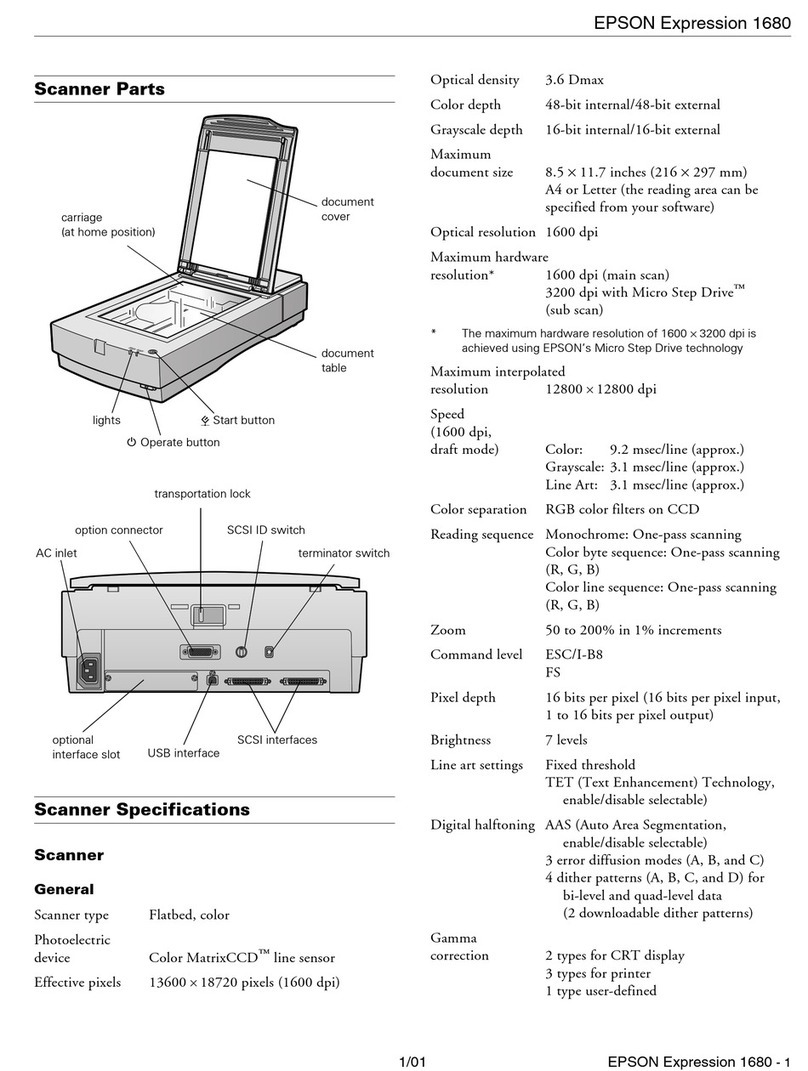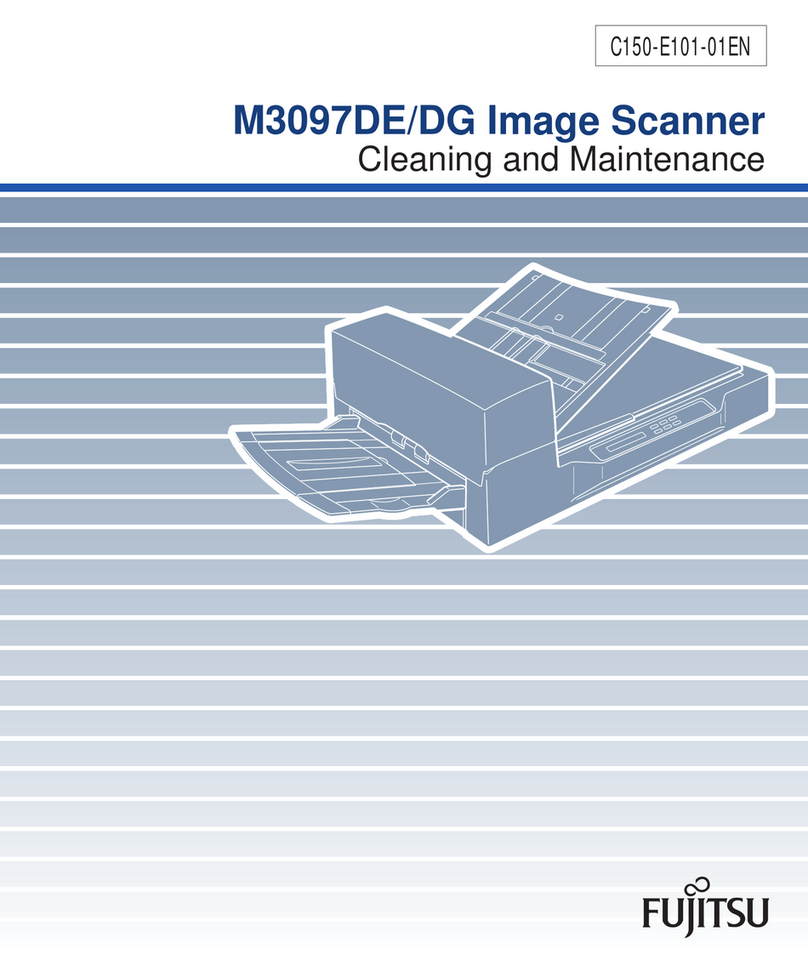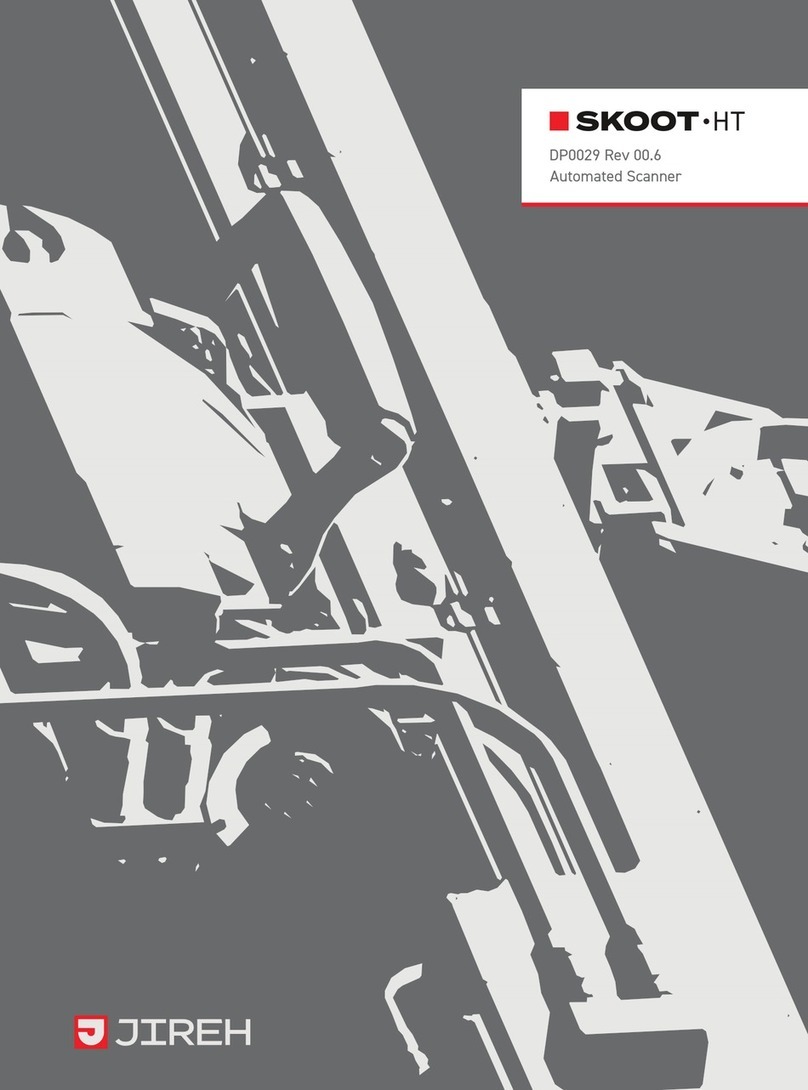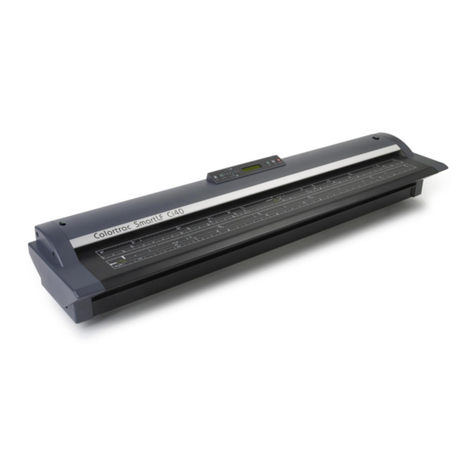Alliance ID Hero User manual

Hero Scanner - User Manual
CONTENTS
1. Introduction
2. Functional Description
2.1 Power Switch
2.2 READ Switch
2.3 LCD Display
2.4 Read Antenna
2.5 Battery Compartment
3. Normal operation
3.1 Power Up
3.2 Reading ID Tags
3.3 Interference from RF Sources
3.4 Operating near metal objects
3.5 Power Off
4. Regulatory Information
4.1 Federal Communication Commission
5. Specifications
5.1 Operating Frequency
5.2 Battery Life
5.3 Read Distances
5.4 Physical Description
6. Accessories
6.1 Batteries
7. ID Identity Tags
7.1 Veterinary Implantable Tags
8. Warranty and Service

LIST OF FIGURES
Figure 1. Hero Identity Tag Reader
Figure 2. Reading Technique
Figure 3. Battery Placement
Figure 4. Reading Technique
The Hero Identity Tag Reader
OPERATING MANUAL
1. Introduction
The Hero Identity Tag Reader is a handheld ID reader for and other RFID tags. The Hero Identity Tag
Reader combines portability, versatility and optimum performance in a rugged lightweight functional
design. Weighing only 0.66 pound with 9 volt alkaline batteries installed, the Hero Identity Tag Reader is
capable of over 2,000 read operation on a single set of batteries.
The Hero Identity Tag Reader is ideal for many types of field uses, and can additionally serve in the
laboratory or fixed industrial environment.
2. Function Description
Figure 1. Hero Identity Tag Reader

2.1 Power Switch
The Power Switch on the right of the reader turns the unit ON and OFF.
Slide up the Power Switch firmly and then press the read switch. The unit will turn ON. The LCD display
will announce “Reader Ready ISO/FECAVA / AVID”, and the buzzer will produce two short high pitched
beeps.
The Power Switch must be ON for all reader functions to be used. Slide down the Power Switch to turn
the unit OFF. The LCD DISPLAY will go blank, and no additional tone will sound.
REMEMBER TO TURN THE POWER OFF WHEN THE READER NOT IN USE.
2.2 READ switch
The READ switch on the middle of the reader controls the reader’s active seeking of an ID tag.
The READ switch is a momentary switch. As long as you hold it down, the reader will be seeking an ID
tag. During the time the reader is scanning for an ID tag, the LCD display will DISPLAY SCANNING.
When the reader locates and reads an ID tag, it will display the ID number and sound two short high-
pitched beeps. When you let go of the READ switch, one of the following will happen:
i) If the reader has displayed a tag number, it will continue to display the number until you
depress the READ switch again to look for a new tag.
ii) If the reader has not located an ID tag, it will sound a low pitched single beep, and the
LCD DISPLAY will display NO ID FOUND
As soon as an Identity Tag number is found and displayed on the LCD display, the reader stops looking
for another Identity Tag. To read several Identity Tags in sequence, the READ switch must be pressed
and released for each one.
TO PRESERVE BATTERY LIFE, ONLY DEPRESS THE READ SWITCH WHEN YOU ARE ACTIVELY
LOOKING FOR AN ID TAG.
2.3 LCD Display
The LCD DISPLAY is the information center for the reader. It provides 2 lines of 16 characters in
alphanumeric display of all reader functions and ID tag numbers found.
The display outputs the following messages:
‘Reader Ready - ISO/FECAVA/AVID’Displays when reader is first turned ON and battery is OK.
‘SCANNING’ - Displays when seeking an ID tag.
‘No ID Found’- Displays after termination of LOOKING when no valid tag is read.
‘Low Battery’- Displays when low battery is sensed, either when the unit is switched ON or instead of
‘SCANNING’…when the READ switch is depressed.
AVID*123*456*789 - Sample display for a valid AVID Identity Tag.
999123456789012 - Sample display for a valid ISO Identity Tag.
0000000001 - Sample display for a valid FDX-A Identity Tag.
Other ID codes or messages may be displayed on special version of the Hero READER.
Consult your Hero representative for details
2.4 Read Antenna
The READ ANTENNA is located in the head of the scanner above the viewing window. The antenna is
the interface between the reader and the ID tag.
The READ ANTENNA emits a low frequency RF electromagnetic signal to activate the ID tag and to read
the code in the tag.

If you understand how the tags interact with the READ ANTENNA, you will be able to save time and
obtain the optimum reading range for each type of ID tag.
The following diagram (Figure 2) shows the best reading angle and position for the relation between the
READ ANTENNA and the Identity Tag.
The orientation of the reader antenna to the implant tag affects the range and ability to read. In order to
get a good read, the implant must either be in one of these positions:
Figure 2 Reading Technique
i) Point at the center reader antenna (Orientation a) or,
ii) When parallel to the reader antenna plane (Orientation b and c) point toward the edge of the reader
antenna and be near the edge of the reader antenna.
So, referring to Fig.2 above, the following results will be typical:
1. Left and right fanning motion.
(a) Read will be best when the implant is directly over the center of the reader antenna.
(b) Read will be best with the leading or trailing edge of the reader antenna is passed over the implant.
(c) Very low range or no read in this orientation.
2. Up and down shoveling motion.
(a) Read will be best when the implant is directly over the center of the reader antenna.
(b) Very low range or no read in this orientation.
(c) Read will be best with the leading or tailing of the reader antenna.

In other words, when the implant is parallel to the reader antenna, as it would likely be in a subcutaneous
application, the motion used to read the implant will be important. If standard implant sites and injection
techniques are used, the orientation of the implant should be fairly predictable. But, in order to insure that
a read is done, a combination of the two motions above or a circular ironing motion will be most effective.
This behavior is result of intrinsic nature of the underlying technology. Therefore good reading technique
is important in getting reliable reading performance.
The orientation of the reader antenna to the implant affects the range and ability to read. In order to get a
good read, the implant must either be:
i) Pointing at the center of the reader antenna (orientation a) or,
ii) When parallel to the reader antenna plane (orientation b and c) pointing toward the edge of the reader
antenna and be near the reader antenna.
2.5 Battery Compartment
Figure 3. Battery Placement
The BATTERY COMPARTMENT holds the one 9 volt alkaline battery used to power the reader. The
BATTERY COVER is shown in its CLOSED position in FIGURE 3.
To access the batteries, loosen the battery back cover and remove Battery cover.
WARNING: MAKE SURE THE BATTERIES ARE INSERTED IN THE PROPER DIRECTION.

(Fig 3.) USE ONLY ALKALINE 9 V.
WARNING: DISPOSE OF USED ALKALINE BATTERIES WITH EXTREME CARE. BATTERIES MAY
EXPLODE IF DISPOSED OF IN FIRE.
2.6 Computer Interface Connector
The COMPUTER USB INTERFACE CONNECTOR is located left side of the body.
Using the USB INTERFACE CABLE, you can interface the reader to any computer with an USB port.
See Section 4.
USE WITH COMPUTERS for a detailed explanation of interfacing the Hero Identity Tag Reader to a
computer. All Functions of the HERO Identity Tag Reader are available using the USB INTERFACE
CONNECTOR.
3. Normal operation
3.1 Power-up
Install batteries into back of the Hero Identity Tag Reader.
Slide up Power Switch to power on position.
The LCD DISPLAY should come on and display “Reader Ready ISO/FECAVA / AVID”, and the reader
should emit two high tones. The reader is now ready for operation.
If the display reads LOW BATTERY and the reader emits a single low tone, the battery is low.
If the battery is low, the reader will still function, but the reading distance will be reduced and the batteries
should be replaced. When the batteries are exhausted, the LCD DISPLAY will fade and the reader will no
longer function.
3.2 Reading ID Tags
To read an ID tag with the Hero Identity Tag Reader, position the reader as close as possible to the
location (or suspected location) of the ID tag. Press the READ switch, and search for the tag with a slow
rotary motion of the READ ANTENNA until an ID is found or until you decide to abandon searching for the
tag.
The READ switch is a momentary switch: as long as you hold it in, the reader will be seeking an ID tag.
During the time the reader is looking for an ID tag, the LCD display will read SCANNING…
When the reader locates and reads an ID tag, it will display the ID number and sound two high-pitched
beeps.
When you let go of the READ switch, if the reader has displayed a tag number, it will continue to display
the number until you depress the READ switch again to look for a new tag.
If the reader has not located an ID tag, it will sound a low-pitched single beep, and the LCD DISPLAY will
read NO ID FOUND
TO PRESERVE BATTERY LIFE, ONLY DEPRESS THE READ switch WHEN YOU ARE ACTIVELY
LOOKING FOR AN ID TAG.
The READ ANTENNA is the interface between the reader and the ID tag.
The READ ANTENNA emits a low frequency RF electromagnetic signal to activate the ID tag and read
the code in them. If you understand how the tag interacts with the READ ANTENNA, you will be able to
save time and obtain the optimum reading range for each type of ID tag.
The following pictures show the best reading angle position for the relation between the READ ANTENNA
and Identity Tag.

Orientation A
Orientation B
Figure 4. Reading Techniques

The orientation of the reader antenna to the reader antenna to the implant affects the range and ability to
read. In order to get a good read, the implant must either be:
i) Parallel to the reader antenna (Orientation A) or,
ii) Pointing at the corner of the reader antenna (Orientation B)
So, referring to Fig.4 above, this behavior is a result of the intrinsic nature of underlying technology.
Therefore good reading technique is important in getting reliable reading performance.
3.3 Interference from RF Sources
The Hero Identity Tag Reader senses minute variations in electromagnetic fields in order to read ID
signals from the Identity Tags.
Unfortunately, there are many sources of electromagnetic radiation which can interfere with the signals
from the ID tags and thereby decrease the sensitivity of the reader. This results in reduced reading
distance. Known sources of interference include the following: Computer CRT screens, TV sets, some
kids of switching power supplies, some kids of large motors.
Reader sensitivity to any kind of interference sources is highly dependent on the proximity to the
interference source and sometimes to the angle of orientation between the reader and the interference
source.
If you are using the reader, and the LOW BATTERY indicator is not on, but you are experiencing a
marked decrease in reading distance, then the reader is probably being affected by electromagnetic
interference. To improve the situation, try changing the location or orientation of the reader. You will be
able to tell what the offending interference source is, since most electromagnetic interference fields only
extend few feet from their source.
3.4 Operating near metal objects
Metal objects (especially ferrous metals) absorb electromagnetic fields. Operating either the Identity Tag
Reader or placing the Identity Tag too close to metal objects can severely limit the range of operation of
the system.
If you are experiencing reduced operation range from your system, check for metal table tops, doors, etc.
in close proximity (a few inches) to any part of the tag-reader environment. Although interference due to
electromagnetic absorption is a real possibility, it is often limited for reading problems. The system will
work in the vicinity of large metal objects because the effects referred to here occur only in very close
proximity to the reader and Identity Tag, for example, placing a bare implant directly on a metal table and
attempting to read it.
3.5 Power-off
Remember to power-off the reader after use when operating with batteries. The reader uses a small
amount of power when it is ON, even when not reading. This will eventually
drain the batteries.
Do not leave the reader ON for extended periods of time when you are not reading ID tags. When you do
not intend to use the Hero Identity Tag Reader for an extended period of time, remove the batteries to
prevent possible damage to the unit from battery leakage. Store the reader and batteries in a dry place
protected from sunlight, high heat and high humidity.

4. Regulatory
4.1 Federal Communications Commission
FCC ID: 2AKVC1001
Changes or modifications not expressly approved by Alliance ID could void the user's authority to operate
the equipment.
This equipment has been tested and found to comply with the limits for a Class B digital device, pursuant
to part 15 of the FCC Rules. These limits are designed to provide reasonable protection against harmful
interference in a residential installation. This equipment generates uses and can radiate radio frequency
energy and, if not installed and used in accordance with the instructions, may cause harmful interference
to radio communications. However, there is no guarantee that interference will not occur in a particular
installation. If this equipment does cause harmful interference to radio or television reception, which can
be determined by turning the equipment off and on, the user is encouraged to try to correct the
interference by one or more of the following measures:
a. Reorient or relocate the receiving antenna.
b. Increase the separation between the equipment and receiver.
c. Connect the equipment into an outlet on a circuit different from that to which the receiver is connected.
d. Consult the dealer or an experienced radio/TV technician for help.
5. Specifications
5.1 Operating Frequency
The reader operates at 128.2 KHz.
5.2 Battery Life
The battery will last at least 2,000 read operation, assuming 2 seconds per read operation.
5.3 Read Distances
Using the 14cm Identity Tag, and in the absence of interference sources, read distance is a minimum 4
inches perpendicular to the reader at the center of the reader antenna. This orientation is typical in
intramuscular implantation. The distance will be less as the orientation of the implant deviates from 90 on
center and as it is moved toward the edge of the reader antenna. With the implant parallel to the plan of
the reader antenna, and at the edge of the reader antenna, the reading distance is 1-1/8 inches on this
orientation is typical in subcutaneous implantation.
5.4 Physical Description
The Hero Identity Tag Reader is a one-piece hand-held unit made of high-impact plastic. The reader has
two operating buttons located at the center and the right side of the body. First, the power switch located
at the right the handle, operated by the user’s thumb and used to turn the reader on and off. Second, the
read switch located at the center of the body operated by the user’s thumb and used to initiate a read
operation and/or terminate a read operation.
A battery compartment within reader handle is assessed though a cap placed at the back of the reader
handle. The reader status and output is displayed on 2 lines of 16 character Liquid Crystal Display (LCD)
located at the head of the reader and facing the operator. The reader electronics are housed in the head
area of the reader beneath the LCD. The reader antenna is at the top of the reader.
It is controlled by the reader electronics.

6. Accessories
6.1 Batteries
Use only 9 volts alkaline cells.
WARNING: ORDINARY C-CELLS (CARBON 1.5 V. , ALKALINE 1.5V. , NICKELCADMIUM 1.2V.,
LITHIUM 3.0 V.) DO NOT HAVE ENOUGH VOLTAGE TO POWER THE READER!
7. Identity Tags
7.1 Veterinary Implantable Tags
Implantable glass- encapsulated ID tag. Size is (+/-1mm) by 2mm injectable using a ¾ in 12 gauge
needle.
8. Warranty and Service
The Hero Identity Tag Reader is warranted to be free of manufacturing defects for a period of 90 days
from date of purchase. Defective readers will be repaired or replaced.
Table of contents

